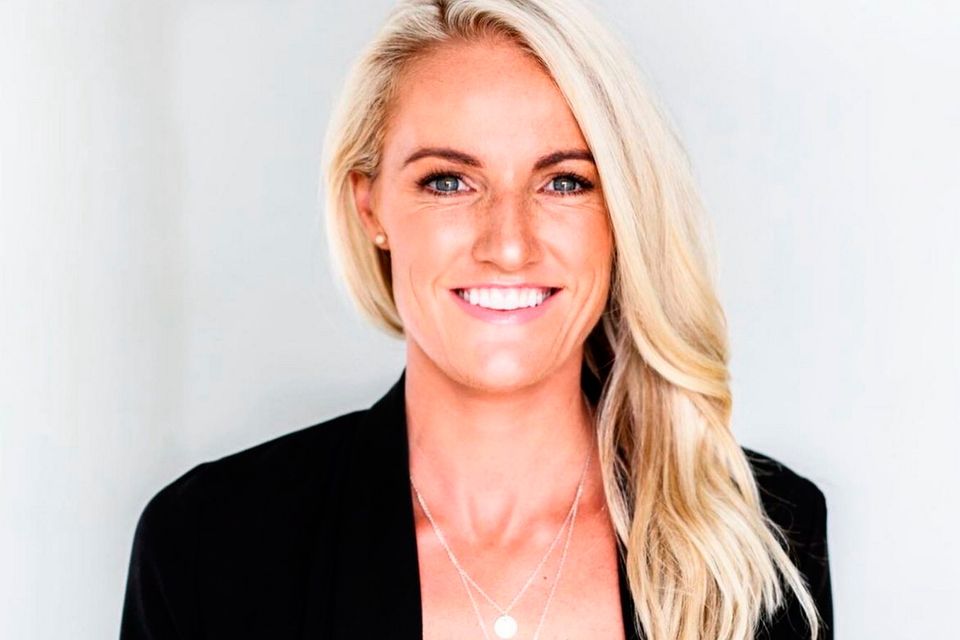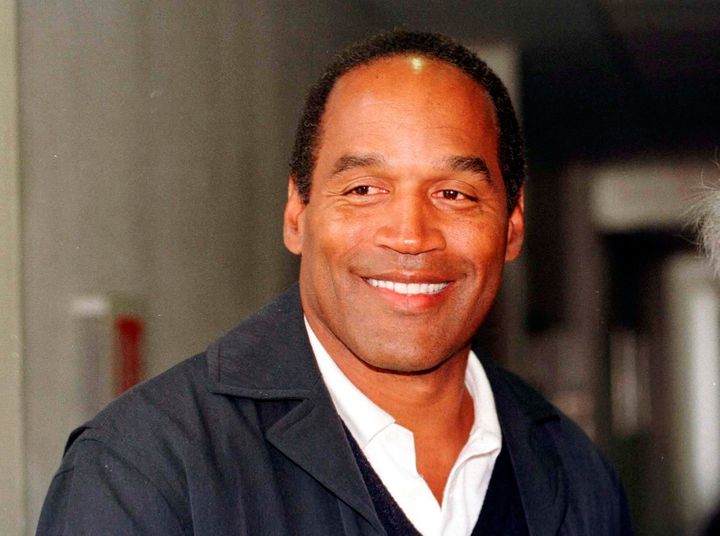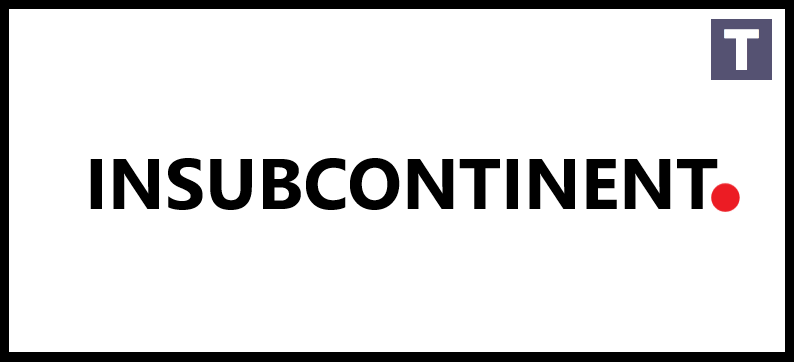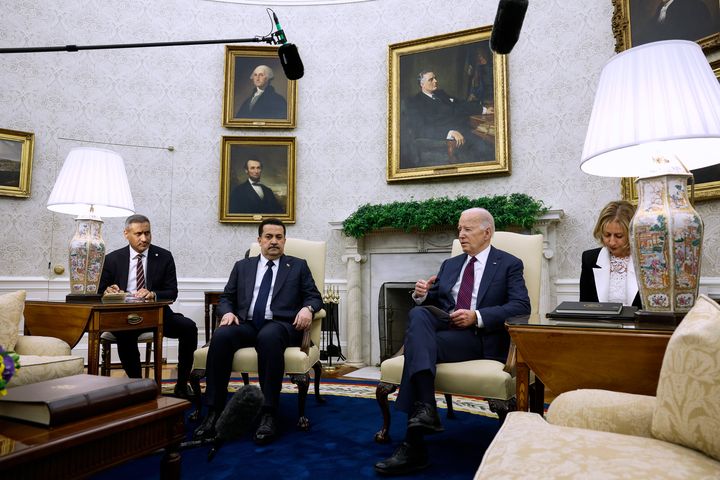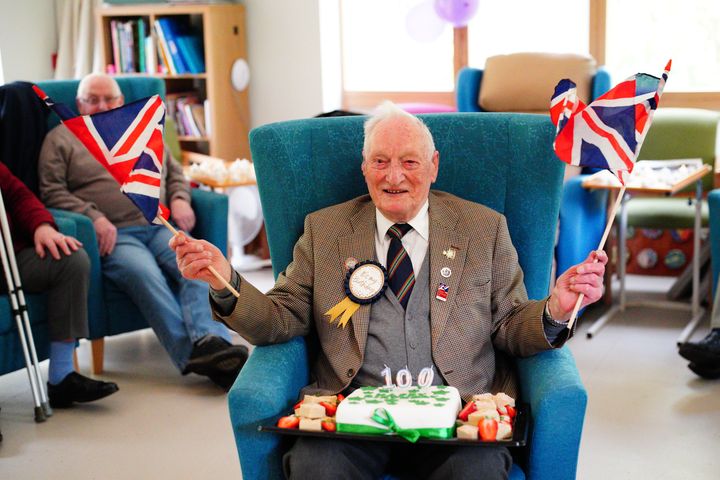Music
Trailers
DailyVideos
India
Pakistan
Afghanistan
Bangladesh
Srilanka
Nepal
Thailand
StockMarket
Business
Technology
Startup
Trending Videos
Coupons
Football
Search
Download App in Playstore
Download App
Best Collections
Technology
Short-form video app TikTok announced today itcommitting more than $250 million to support front-line workers, educators and local communities affected by the COVID-19 pandemic, as well as an additional $125 million in advertising credits to public health organizations and businesses looking to rebuild. Some of these funds are being directed toward major health organizations, like the CDC and WHO, while other funds are aimed at helping individuals or smaller businesses.
The $250 million includes three separate efforts: the TikTok Health Heroes Relief Fund, TikTok Community Relief Fund and TikTok Creative Learning Fund.
The first is the most significant effort, as it provisions $150 million in funds for things like medical staffing, supplies and hardship relief for healthcare workers. Included in these distributions is $15 million to the CDC Foundation to support surge staffing for local response efforts through state and local governments, and $10 million for the WHO COVID-19 Solidarity Response Fund.
In addition, TikTok, which is owned by Chinese internet giant ByteDance, said its employee matching program will deliver aid to organizations like the Red Cross and Direct Relief.
TikTok also said itworking with global and local partners to deliver masks and other personal protective equipment to hospitals in India, Indonesia, Italy, South Korea and the U.S., among others. Earlier this month, TikTok announced it had donated 400,000 hazmat medical protective suits and 200,000 masks to protect doctors and front-line medical staff in India, for example.
The TikTok Community Relief Fund, meanwhile, is focused in particular on vulnerable communities impacted by COVID-19.
This effort involves allotting $40 million in cash for local organizations that serve representatives of TikTokuser community — including musicians, artists, nurses, educators and families. The fund has already been used to donate $3 million to After-School All-Stars, which is providing food for families who had previously relied on school lunches, and $2 million for MusiCares, which supports artists, songwriters and music professionals whose livelihoods have been disrupted.
As a part of the Community Relief Fund, TikTok will also be matching $10 million in donations from its community.
The third effort, TikTokCreative Learning Fund, will provide $50 million in grants to educators, professional experts and nonprofits working on distance learning efforts. TikTok sees itself as a potential home for creative remote learning efforts, but didn&t announce any specific plans on this front.
Outside of the funds themselves, TikTok is extending ad credits to health organizations and SMBs.
The company is providing $25 million in prominent &in-feed& advertising space for NGOs, trusted health sources and local authorities, allowing them to share their important messages with millions of people, it said. Other major tech companies, including Google, Facebook and Twitter, have done the same on their own platforms.
TikTok noted it has worked to spread educational information in other ways, as well, having hosted live streams from representatives of WHO, IFRC and other popular voices in public health and science, including Bill Nye the Science Guy. Therealso a dedicated section in TikTok with other resources: the COVID-19 Resources Page on TikTokSafety Center. And it has partnered with creators on campaigns like #HappyAtHome, which airs live programming at 8:00 PM ET/ 5:00 PM PT on Fridays and has other themed experiences planned during weekdays.
TikTok will also offer $100 million in advertising credits to small and medium-sized businesses trying to get back on their feet in the months ahead. This effort hasn&t yet started, as it will depend on the decisions made by public health authorities about the re-opening of businesses, the company explained.
&We understand that these are challenging times for everyone,& wrote TikTok president, Alex Zhu, in an announcement. &Alongside businesses, governments, NGOs, and ordinary people across the globe stepping up in this critical moment, we are committed to offering the very best that we can to help out humanity. Together, we will persevere through this time of crisis and emerge a better community and part of a world that we fervently hope will be more united in common purpose than it was before,& Zhu added.
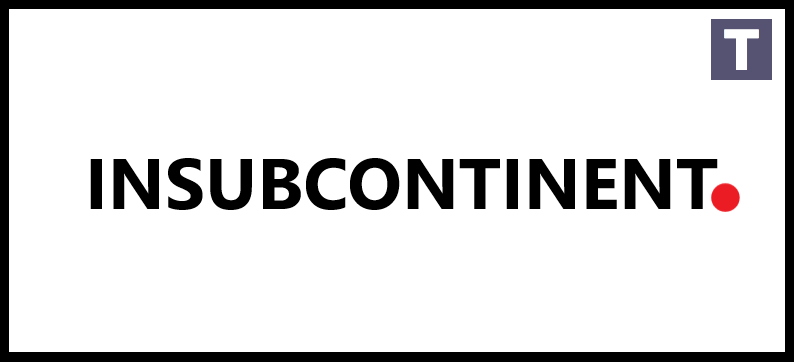
- Details
- Category: Technology Today
Read more: TikTok vows $250M in COVID-19 relief efforts, plus another $125M in ad credits
Write comment (93 Comments)
Chip maker Intel has been chosen to lead a new initiative led by the U.S. militaryresearch wing, DARPA, aimed at improving cyber-defenses against deception attacks on machine learning models.
Machine learning is a kind of artificial intelligence that allows systems to improve over time with new data and experiences. One of its most common use cases today is object recognition, such as taking a photo and describing whatin it. That can help those with impaired vision to know whatin a photo if they can&t see it, for example, but it also can be used by other computers, such as autonomous vehicles, to identify whaton the road.
But deception attacks, although rare, can meddle with machine learning algorithms. Subtle changes to real-world objects can, in the case of a self-driving vehicle, have disastrous consequences.
Just a few weeks ago, McAfee researchers tricked a Tesla into accelerating 50 miles per hour above its intended speed by adding a two-inch piece of tape on a speed limit sign. The research was one of the first examples of manipulating a devicemachine learning algorithms.
Thatwhere DARPA hopes to come into play. The research arm said earlier this year that itworking on a program known as GARD, or the Guaranteeing AI Robustness against Deception. The existing mitigations against machine learning attacks are typically rule-based and pre-defined, but DARPA hopes it can develop GARD into a system that will have broader defenses to address a number of different kinds of attacks.
Intel said today it&ll serve as the prime contractor for the four-year program alongside Georgia Tech.
Jason Martin, principal engineer at Intel Labs who leads IntelGARD team, said the chip maker and Georgia Tech will work together to &enhance object detection and to improve the ability for AI and machine learning to respond to adversarial attacks.&
During the first phase of the program, Intel said its focus is on enhancing its object detection technologies using spatial, temporal and semantic coherence for both still images and video.
DARPA said GARD could be used in a number of settings — such as in biology.
&The kind of broad scenario-based defense we&re looking to generate can be seen, for example, in the immune system, which identifies attacks, wins and remembers the attack to create a more effective response during future engagements,& said Dr. Hava Siegelmann, a program manager in DARPAInformation Innovation Office.
&We must ensure machine learning is safe and incapable of being deceived,& said Siegelmann.
- Details
- Category: Technology Today
Read more: DARPA snags Intel to lead its machine learning security tech
Write comment (97 Comments)Kate Farms, the supplier of a plant-based liquid meal formula used by hospitals and healthcare providers around the country as a nutritional supplement for patients who cannot process solid foods, has raised $23 million in a round of funding.
The new money will allow the company to ramp up its production as it looks to meet significant new demand from both consumers and healthcare providers, according to chairman and chief executive, Brett Matthews.
Founded by Richard and Michelle Laver, who initially developed the formula for their daughter, Kate, a child whose cerebral palsy meant that she couldn&t eat solid foods or process the tube-feeding formulas available on the market, Kate Farms has grown into a business that serves hospitals around the country.
Matthews, whose son suffered from upper respiratory and autoimmune issues, was first introduced to the company as a customer. &My son was very sick… and food was really critical to his healing. I knew a lot about the products and food as medicine and really jumped in and invested.&
From that initial investment, Matthews& responsibilities with the company expanded, first as chairman of the Kate Farms board and then, eventually, stepping in to become chief executive of the company.
Throughout its history Kate Farms has raised capital from individual, rather than institutional, investors, and the new financing is no different. Capital came from a slew of heavyweight investors, including: David Roux, the co-founder of Silver Lake; John Hammergren, former chairman and chief executive of McKesson; Gregg Engles, former chairman and chief executive of the plant-based dairy replacement company, WhiteWave Foods; and William and Kristin Loomis, the former chief executive of Lazard and the founder and executive director of HHV-6 Foundation, respectively.
That clutch of high-powered founders and executives joins backers including Pete Nicholas, the founder and former chief executive of Boston Scientific; Robert Zollars, the former President of Baxter International, chairman of Diamond Foods and EVP of Cardinal Health; and Celeste Clark, the former executive team management member at KelloggGlobal Nutrition.
The money, which closed late last year, is being used to ramp production as the company races to meet increasing demand caused by the COVID-19 epidemic and the governmentresponse. Kate Farms is donating $1 million worth of meals to Meals on Wheels programs across Southern California. The Santa Barbara, Calif.-based company said that would equate to roughly 225,000 meals for people who need it.
The companyplant-based, non-GMO meal replacements have been clinically proven to improve nutrition among children and adults who need tube-fed meals. One study was published in the journal of the American Society for Parenteral and Enteral Nutrition based on clinical trials conducted with Atlanta Gastroenterology Associates, according to Matthews.
&We can improve weight gain in the pediatric market,& Matthews said. &And we can improve tolerance.&
The market for medical conditions that require tube feeding numbers around 700,000 in the U.S., with another 150 million people who could use the companyproducts for less severe nutritional issues, Matthews said. Ita roughly $3 billion market in the U.S., and $10 billion globally.
But Kate Farms has its eyes on a much bigger prize. As the company noted in a statement, the consumer market for plant-based dairy replacements was $21 billion in 2017 and is expected to top $37.5 billion by 2024. And over the next decade, meat alternatives are expected to grow from $4.6 billion in 2018 to $85 billion by 2030, according to UBS Investments
&Our focus right now is on the medical side of it, but you could see where this could evolve,& said Matthews.
- Details
- Category: Technology Today


Does OnePlus want us to watch the OnePlus 8 launch on April 14? After revealing its 120Hz display, Snapdragon 865 chipset and wireless charging capability, we assumed the company was done teasing us but the company just showed us the phone too.
In a post on the OnePlus forums, company CEO Pete Lau revealed some design features of the upcoming
- Details
- Category: Technology Today
Read more: OnePlus 8 style has actually been revealed in shock pre-launch relocation
Write comment (98 Comments)With the COVID-19 pandemic making work from home the default for those companies that are able to do so, itno surprise that we are seeing a massive rise in the usage of video chat tools like Zoom, Google Meet and Teams. We&d already heard some updates from Zoom and Google, but today Microsoft joined the parade with a new report on how its Teams users have adapted to the rise of remote work.
Back on March 16, the company reported 900 million meeting minutes in Teams. Now, less than a month later, it says that it saw a new daily record of 2.7 billion meetings in one day on March 31. During those meetings, more users than ever also turned on their video cameras. Overall, the number of users who go on camera has doubled since before this crisis began, and the overall number of video calls in Teams grew by more than 1,000% in March.
Thata lot of time spent in meetings that could&ve probably been used in more productive ways, but it sure is a lot of Teams meetings.
 The Microsoft team also looked at where people use video most, with Norway and the Netherlands leading the pack. There, 60% of calls include video. In the U.S., that number is 38%. Microsoft says this may be due to the availability of fast broadband.
The Microsoft team also looked at where people use video most, with Norway and the Netherlands leading the pack. There, 60% of calls include video. In the U.S., that number is 38%. Microsoft says this may be due to the availability of fast broadband.
Microsoft also found that its users are also spending more time of the day with Teams. In March, the average time between when somebody first used Teams and the last use of the service increased by more than an hour. The company argues that this doesn&t mean that people are working longer hours, &rather that they are breaking up the day in a way that works for their personal productivity or makes space for obligations outside of work.&

No matter the service a company uses for remote work, it&ll be interesting to see how many of these new habits will stick once this crisis is over. In China, where some employees are now returning to work, the number of daily active Teams users continues to grow, according to Microsoft, but there will surely also be regions where usage will decline quickly once things get back to something resembling normal.

- Details
- Category: Technology Today
Read more: Microsoft says video calls in Teams grew 1,000% in March
Write comment (99 Comments)

Origin PC has quietly unveiled a new laptop - the EON15-X - that features AMD’s Ryzen 9 3900 processor; a 12-core desktop CPU clocked at 3.1GHz with 24 threads, a TDP of 65W and 64MB L3 cache. It's also not as expensive as you think, costing only $1,828 (about £1,450/AU$2,860) with a $100 discount at checkout.
Origin PC EON15-X notebook - $1,828This
- Details
- Category: Technology Today

 5
5










